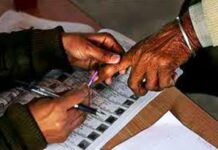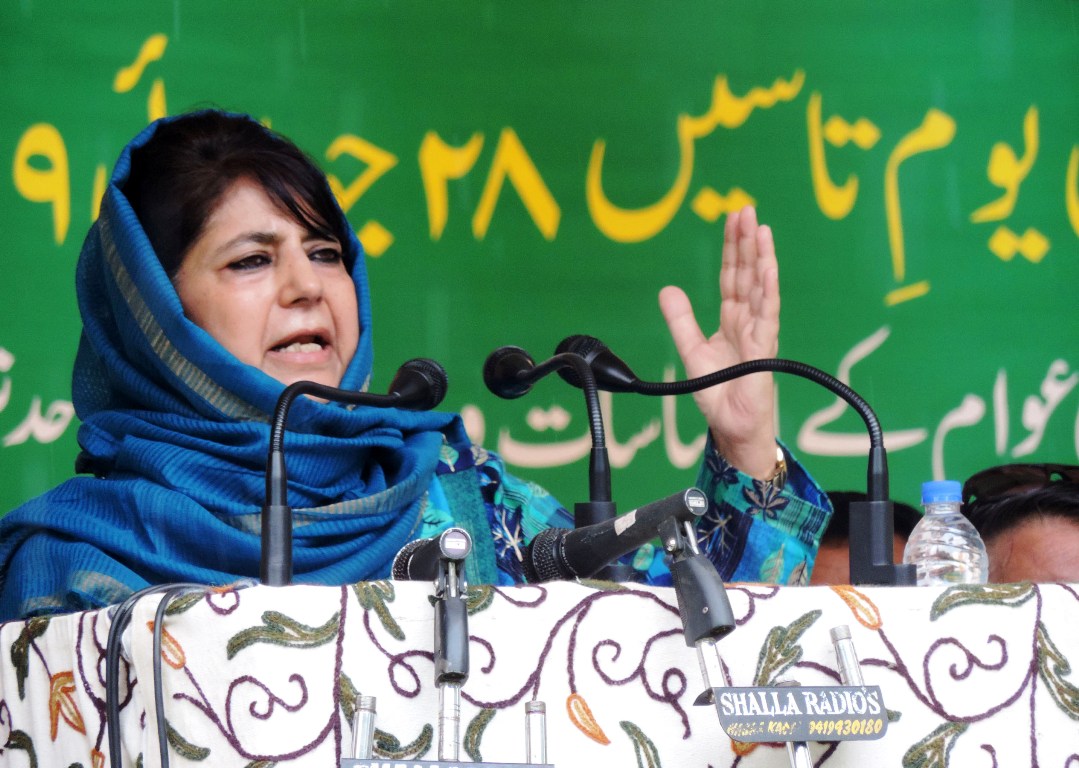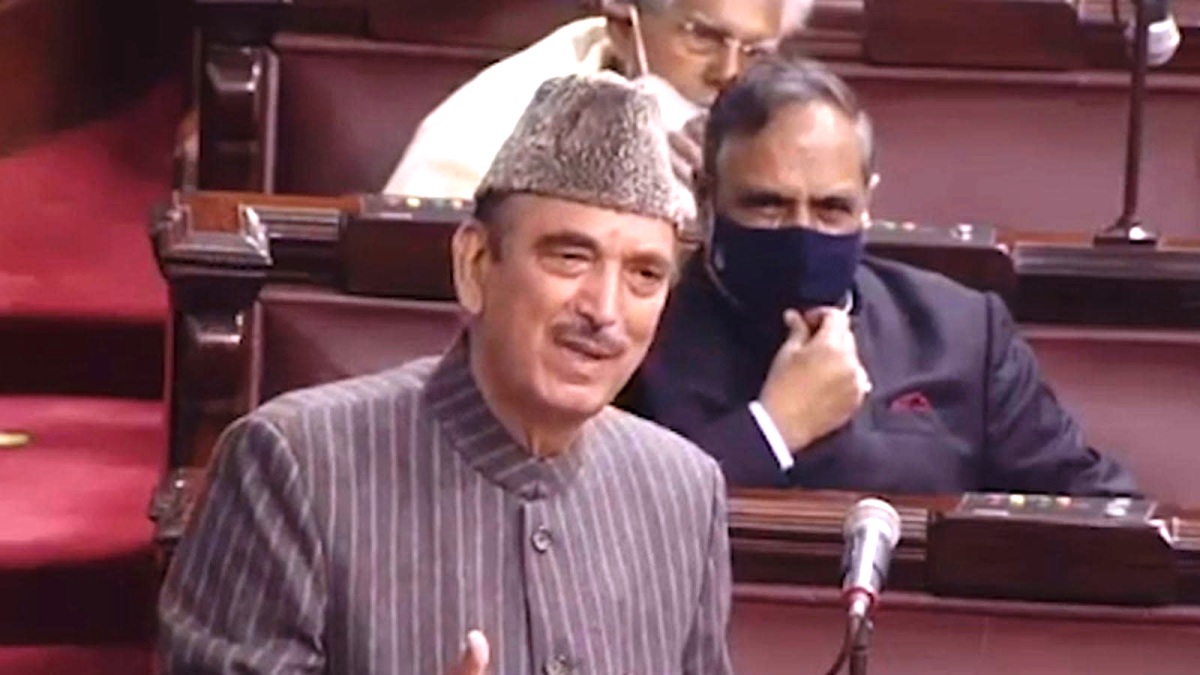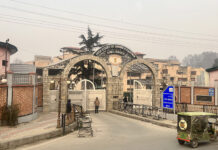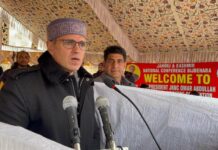
KL NEWS NETWORK
SRINAGAR
As the Forex earnings of Sialkot, the first pre-1947 railway station outside J&K, barely a few kms from Jammu, reaches an impressive two billion dollors (Rs 13000 crore), reputed British magazine The Economist is surprised how this much of growth is possible after is physical disconnect from Kashmir. The Pakistani city controls almost nine percent of country’s 22 billion dollar export.
“Sialkot’s success is especially surprising as it was cut off from its natural economic hinterland, the Kashmir Valley, when the subcontinent was split between India and Pakistan in 1947,” The Economist reported in If You Want It Done Right, in its latest issue. “Yet it is doing much better these days than the rest of the country. Its exports have remained reasonably steady for the past two years, even as those of the country as a whole have fallen by 12%.”
Pakistani city that is barely an hour long drive from Jammu is one of world’s best sports manufacturing hub. “It supplies the world with all sorts of sporting gear, from hockey sticks to judo suits, as well as leather goods and surgical instruments,” The Economist reported. “The quality of the factory’s output is so high that Adidas chose it as one of only two in the world to manufacture the balls used in the World Cup in 2014.”
The one-million strong city, according to the British periodical has a strong Chamber of Commerce that has 8000-members that is the key player of the decision-making. Instead of waiting for politicians to improve the infrastructure, The Economist said the Chamber does everything.
“The Chamber of Commerce set up the country’s first privately financed dry port, where goods can clear customs before being shipped to a conventional port,” The Economist reported. “It later charged members a special fee to raise funds to contribute towards the resurfacing of the city’s once-appalling streets.”

Interestingly, the local businesses also funded the construction of the city’s airport, the only private one in the country. “It boasts both the longest and hardiest runways in the region, and handles 53 flights a week,” The Economist reported. “That helps bring in foreign buyers who do not fancy the wearisome drive from Lahore. Some of the investors in the airport are now on the verge of launching their own airline.”
Unlike Wazirabad and Gujarat which lost its cutlery to China, The Economist reported the Sialkot business is by and large immune to Bijeing. This is despite the fact that they lost badminton rackets as they failed to anticipate the switch from wood to aluminum and graphite.
The latest is that the local business is now trying to set up a technology university.
Till 1947, the only route to leave J&K for the plains would move through Sialkot. There was a road and a 20-kms long rail line. R S Pora was the main trading hub and the last station from Jammu side. The station in RS Pora was encroached upon by the refugees coming from Western Pakistan. The handle to change the railway tracks is still available in a lane of ward number 10 of R S Pura. Its main stations were Meeran Sahib, R S Pura, Suchetgarh, and Sialkot.
With two windows open on the LoC in Poonch and Uri for trade and two more for civilian traffic, there has been a strong demand for reviving the Jammu-Sialkot trade link. If it happens, Sialkot could re-link with its historic supplier and that can create a new economic belt in the region. Kashmir is the key supplier if cricket willow but lacks adequate forward linkage.


